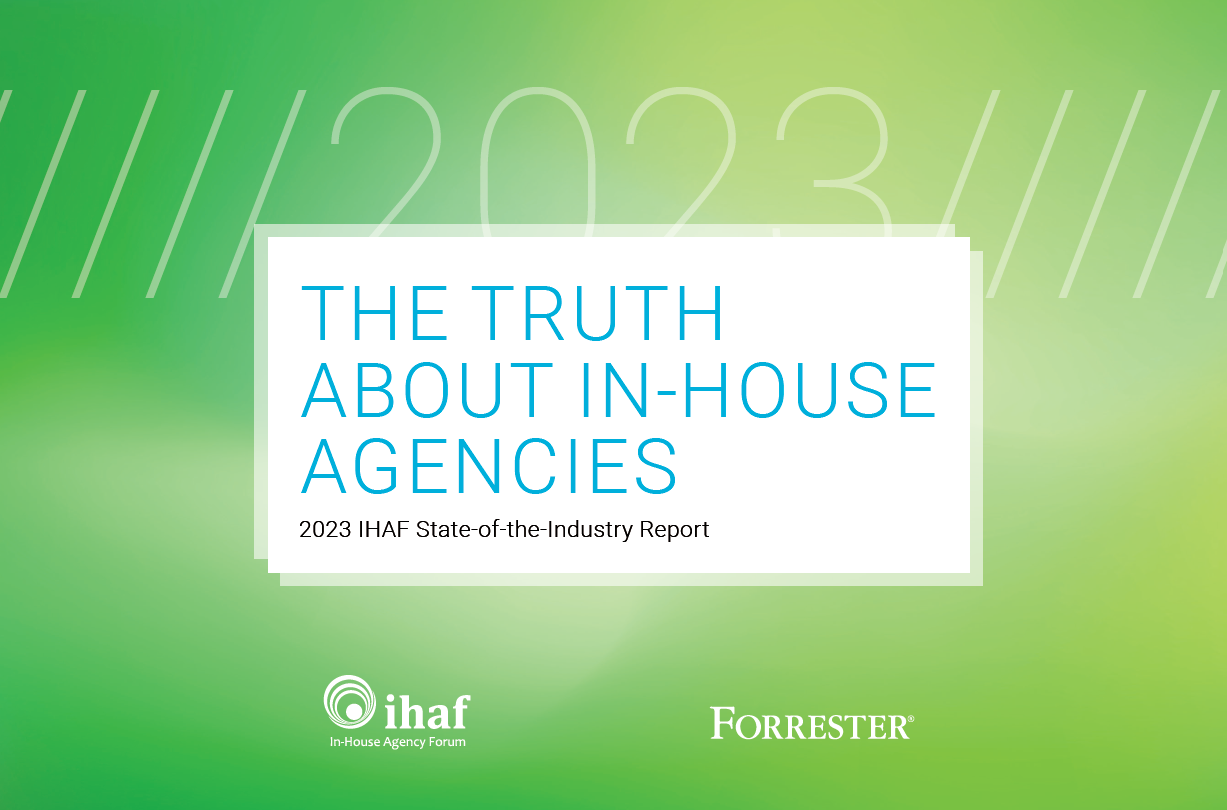Balancing Creativity with Practicality
.jpg)
Considering how fast organizational needs are changing, it has never been more critical to be flexible and creative in problem solving and decision making. We've seen many adaptive organizations survive who have embraced their workers’ creative thinking as a core business practice and we have seen those who ignored creative thinking fail.
Is there a line between creativity and practicality? Or when solving problems within your organization, is it only practical to be creative?
On an individual level, I find that creativity is necessary for problem solving and nearly essential to make it through every business day, yet it’s not likely that most people have ever had the opportunity to take an actual “Creativity 101” class or advanced class in creative thinking. Some people feel the same way about creativity as they do about love—it’s not something that can be taught but rather something that is experienced. Yet it makes for a better day when both are part of our lives.
It’s a lot more challenging to apply creativity in the workplace than it is to life’s personal problems. In the workplace, we have challenges like getting buy-in from clients, co-workers, supervisors and others. Even well-presented solutions can be lost in the bureaucracy of who’s at the bottom and who's at the top of our sometimes-stifling hierarchical structures. This can hinder problem solving and diminish information sharing, resulting in more conservative, less-creative thinking overt time. It’s also difficult to develop advanced ideas when much of your energy is spent fighting bureaucracy. While a traditionally hierarchical organization can meet many of its business goals, it can also hinder those working in creative positions within that type of environment.
An employee in my organization bypassed our in-house design services group and had a piece of communication designed by an outside vendor using non-compliant brand imagery. One of our in-house designers got involved and tried to art direct the piece to course correct, explaining why it would not appeal to the audience as is. The “client” refused to listen. Months later, the job was killed after a focus group supported what the in-house designer was saying all along, resulting in months of wasted time and effort.
My experience as a manager of an in-house design group within a super-large bureaucracy has been hearing very talented professionals say, “I don’t feel valued for what I contribute creatively” and “I don’t get organizational support as a creative expert that’s thinking through various problems.” In a nutshell, the bureaucracy itself leaves them feeling unempowered.
The good news is that some organizations have learned how to balance creativity and practicality by encouraging ideas from the front lines to be shared directly with decision makers at the top, cutting out the middle man. Some offer secure, safe havens for creative suggestions, providing outspoken and sometimes polarizing employees with a constructive platform to express their thoughts. It’s critical for organizations to set-up systems like this, to promote versus inhibit creative thinking and problem solving in the workplace.
Similarly, it is critical to celebrate creative-thinking successes with your team. Such celebrations can be as simple as a group coffee-house outing or as elaborate as formal corporate recognition.
The question that often comes up is, can traditional organizational structures with rigid hierarchies advance creativity as a practice without sacrificing the practicality? While a radical change in structure and philosophy may be in order, enhanced creative environments generate more highly committed employees who work in self-directed ways for increased productivity, flexibility, quality and efficiency. Creative-thinking workplaces can minimize “my/your” duties and encourage shared “we” goals.
The challenge for in-house design groups comes in their ability to promote creative problem solving within a corporate hierarchy. By using business objectives as the creative-thinking platform, in-house designers can have better success getting others to listen and buy into their ideas. As a leader of design processes, I have always encouraged creative thinking and discouraged the notion of in-house design as the order-taker department.
The goal is to advance high-quality creative ideas that are appropriate for the business and the audience. This means that others can implement them with less risk or screening—encouraging creative problem solving and addressing challenges that may not have been tackled otherwise.
John Jacobin is Design Manager for the in-house agency at the Internal Revenue Service (IRS).
Recent Posts

In-House Data: Fact or Fiction?
October 16, 2023
I’m going to be honest with you, which I always am but this time it’s scary honesty. There are a lot of in-house agency research reports out there. And not all of them contain data that are close to the integrity of the studies IHAF publishes—the next of which drops at the IHAF conference on …

IHAF Wrapped
December 20, 2023
One of our favorite things to do at year-end is look back at the events, presentations, and online resources our members tapped most. (Why should Spotify have all the fun?) Here are a few of your favorites in 2023:
• New Assortment of Org Charts Download • Updated Job Profiles …











No Reader Comments